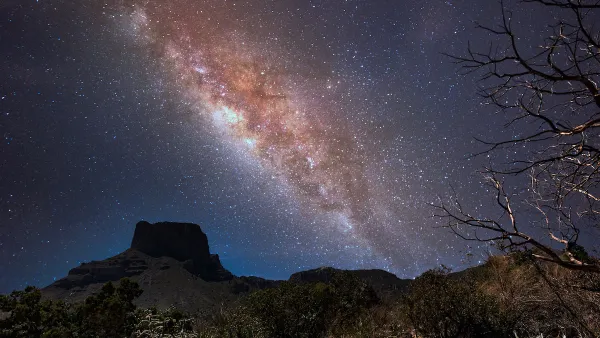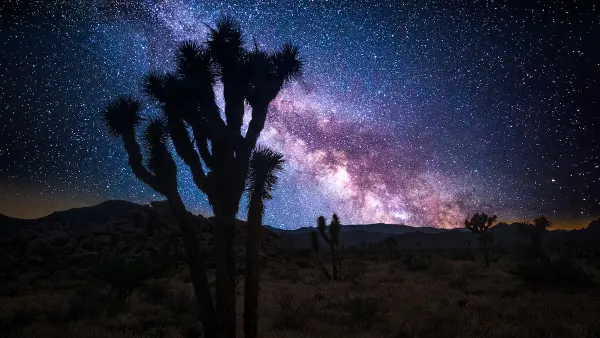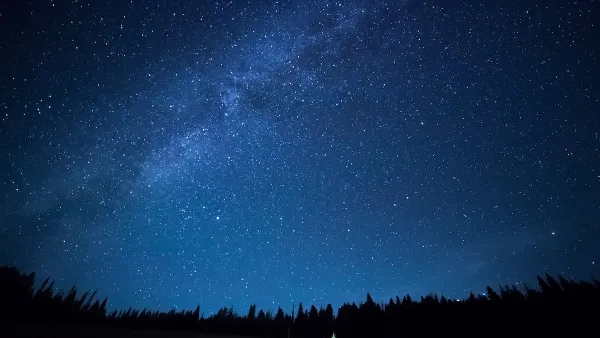A movement to shed light on the worldwide loss of dark skies aims to minimize light pollution in order to increase public opportunities for stargazing, while also serving as a money-saving measure for cities, reports Kate Galbraith.
"Everywhere, light pollution is an increasing problem," said Andrej Mohar, an amateur astronomer in Slovenia who has lobbied for light regulations there. Around the world, children and adults have become less aware of the cosmos above, since "it has become harder than ever to see the stars, as cities with their 24-hour lights continue to sprawl." So, in recent years, educators and organizers have called for the curbing of excessive lighting and the preservation of dark skies.
"An Arizona-based group called the International Dark-Sky Association," states Galbraith, "has led advocacy efforts worldwide for preserving the night skies. The designation of dark-sky parks and reserves is based on the idea "to single out areas that offer excellent stargazing and also work to keep night lighting minimal." For example, the NamibRand Nature Reserve in Namibia was chosen as the first reserve in Africa because "the dry air and remote location make for clear skies and good nighttime viewing."
"The biggest battle of all, of course," writes Galbraith, "involves getting enough people to care." Three areas in Britain have received "massive media coverage," but she notes that the "dark-sky cause has been aided by fiscal problems." In Britain, cities regard minimizing light pollution as a money-saving measure.
Technology is also aiding efforts to reduce light pollution. Better fixtures and so-called smart grid systems, which use sensors to operate lights based on movement, can save energy as well as light.
FULL STORY: Progress in Fight to Keep Night Skies Dark

National Parks Layoffs Will Cause Communities to Lose Billions
Thousands of essential park workers were laid off this week, just before the busy spring break season.

Retro-silient?: America’s First “Eco-burb,” The Woodlands Turns 50
A master-planned community north of Houston offers lessons on green infrastructure and resilient design, but falls short of its founder’s lofty affordability and walkability goals.

Delivering for America Plan Will Downgrade Mail Service in at Least 49.5 Percent of Zip Codes
Republican and Democrat lawmakers criticize the plan for its disproportionate negative impact on rural communities.

Test News Post 1
This is a summary

Test News Headline 46
Test for the image on the front page.

Balancing Bombs and Butterflies: How the National Guard Protects a Rare Species
The National Guard at Fort Indiantown Gap uses GIS technology and land management strategies to balance military training with conservation efforts, ensuring the survival of the rare eastern regal fritillary butterfly.
Urban Design for Planners 1: Software Tools
This six-course series explores essential urban design concepts using open source software and equips planners with the tools they need to participate fully in the urban design process.
Planning for Universal Design
Learn the tools for implementing Universal Design in planning regulations.
EMC Planning Group, Inc.
Planetizen
Planetizen
Mpact (formerly Rail~Volution)
Great Falls Development Authority, Inc.
HUDs Office of Policy Development and Research
NYU Wagner Graduate School of Public Service





























